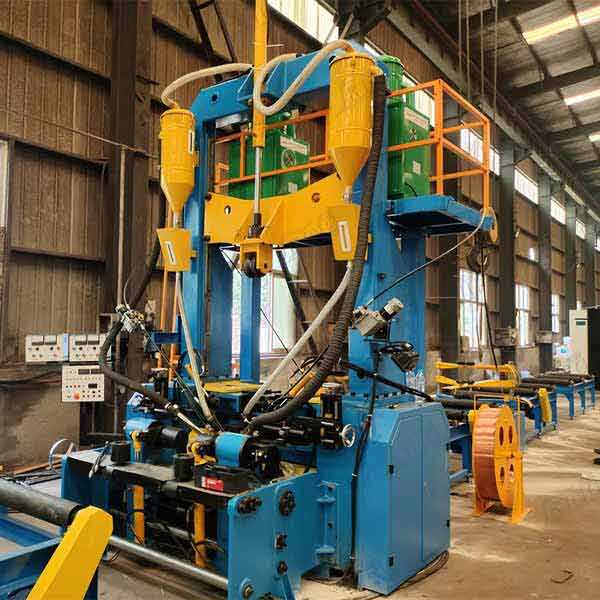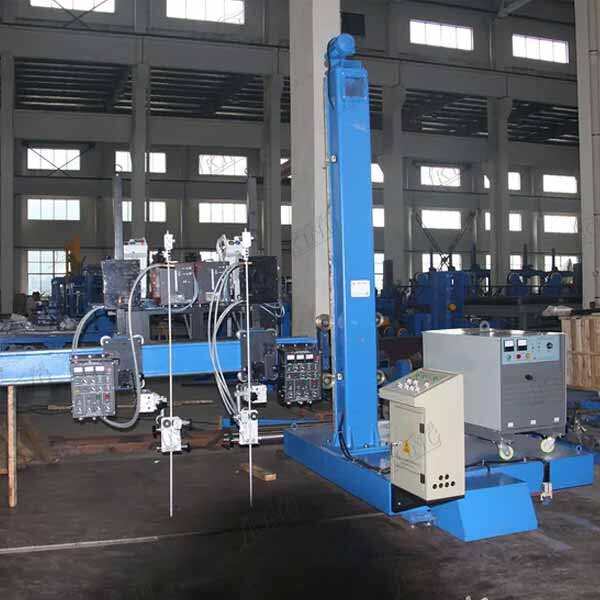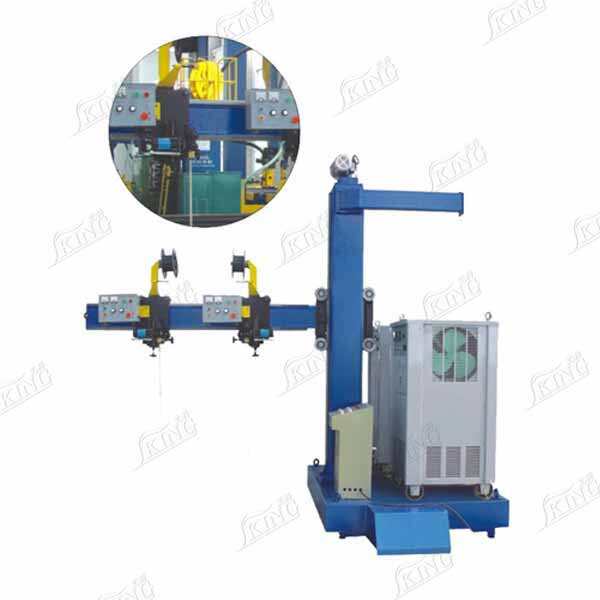horizontal esw machine
The horizontal ESW machine represents a significant advancement in industrial welding technology, combining precision engineering with automated efficiency. This sophisticated equipment utilizes electromagnetic stirring welding technology to deliver consistent, high-quality welds in horizontal applications. The machine features a robust control system that monitors and adjusts welding parameters in real-time, ensuring optimal performance across various materials and thicknesses. Its horizontal configuration makes it particularly suitable for large-scale manufacturing operations, especially in automotive, aerospace, and heavy machinery industries. The system incorporates advanced sensors and monitoring equipment that provide detailed feedback on weld quality, temperature control, and material flow dynamics. With its programmable interface, operators can easily set and store multiple welding profiles, streamlining production processes and reducing setup time. The horizontal ESW machine also includes innovative cooling systems that maintain stable operating temperatures during extended use, contributing to both weld quality and equipment longevity. Safety features such as automatic shut-off mechanisms and emergency stops are integrated throughout the system, ensuring operator protection while maintaining productivity.


